The Fall 2025 semester has defied expectations, with U.S. universities experiencing a surge in student enrollments despite the looming “enrollment cliff” caused by declining high school graduate numbers. Many institutions are reporting record-breaking enrollment figures, signaling strong demand for higher education, even amidst demographic challenges.
Leading Institutions in Enrollment Growth
Several universities are at the forefront of this enrollment boom. The University of Tennessee, Knoxville has exceeded 40,000 students for the first time in its history, thanks to strategic initiatives aimed at enhancing student experiences. Arizona State University (ASU) also saw substantial growth, with over 84,000 applications, including a 9% increase in online program enrollments.
Overcoming Housing Challenges
The University of Pittsburgh and Point Park University have faced unexpected housing shortages due to high freshman enrollments. Pittsburgh, for example, received a record 65,000 applications, prompting creative housing solutions like accommodating students in off-campus hotels. Lipscomb University in Tennessee also reported a record 4,840 students, with notable increases in both first-time freshmen and graduate enrollments.
Key Factors Behind Enrollment Growth
Several factors contribute to this surge. Universities have implemented targeted recruitment and retention strategies, such as enhanced campus facilities and competitive financial aid packages. These measures align with workforce demands, offering students programs that provide practical skills for the job market.
Expansion of Online and Hybrid Learning
A major driver of enrollment growth is the expansion of online and hybrid learning options. ASU, for instance, has capitalized on this trend, offering flexible learning pathways for non-traditional students and working professionals. These formats have made higher education more accessible to a broader audience.
Rising Interest in Specialized Programs
Certain fields, particularly technology, health sciences, and business, have seen increased demand. Universities offering specialized programs in these areas have attracted students eager to acquire skills that align with current job market trends. This shift reflects the growing need for workforce-ready graduates in specific sectors.
Enhanced Campus Experiences and Support Services
Universities have invested heavily in campus amenities and student support services to boost student satisfaction and success. Improvements to housing, dining, and recreational facilities, along with enhanced academic advising and career counseling, have played a significant role in attracting and retaining students.
Challenges Amid Growth
Despite the enrollment surge, universities face several challenges. The rapid increase in student numbers has created higher demand for housing and campus resources. In addition, the political landscape and federal policy changes have introduced uncertainties surrounding funding and regulatory compliance, adding further complexities to institutional planning.

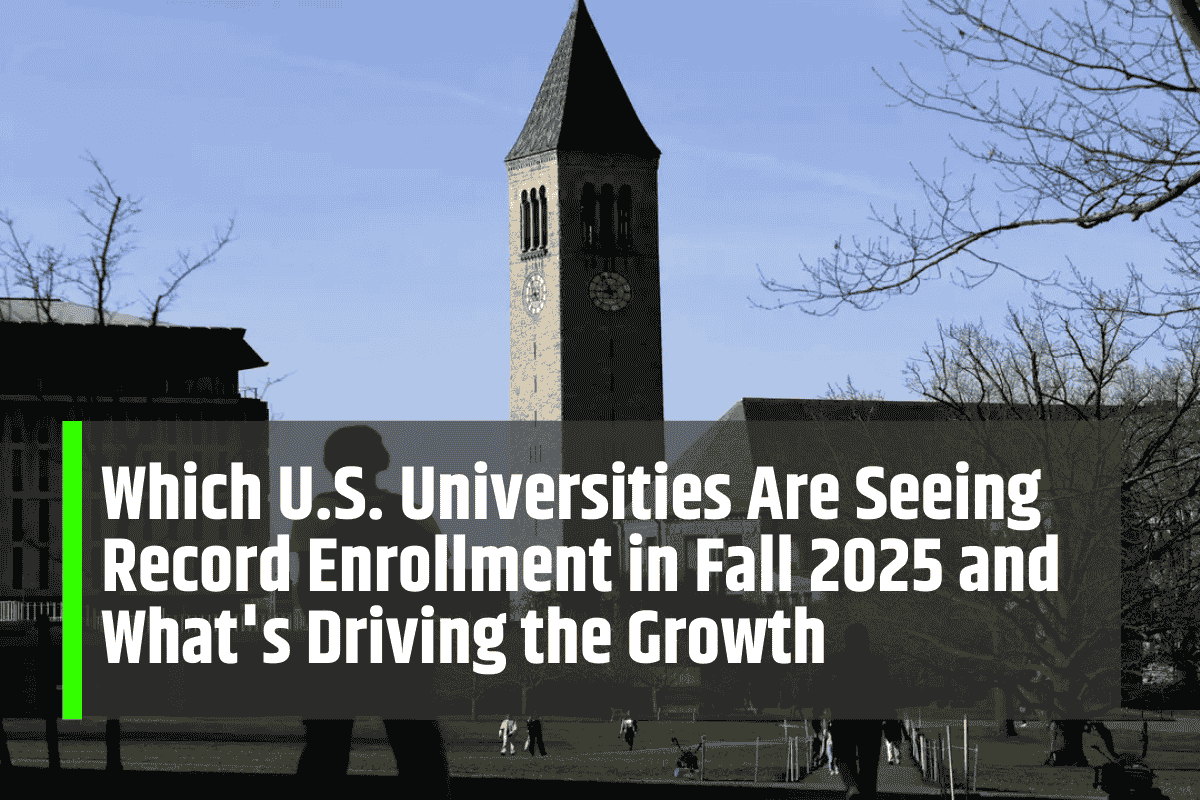
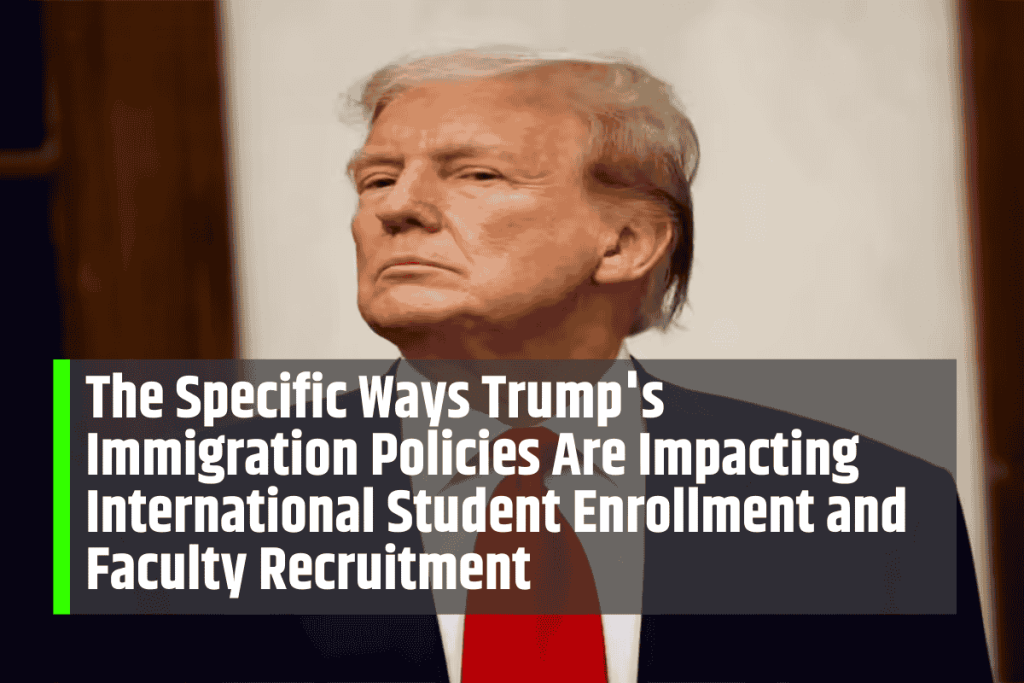

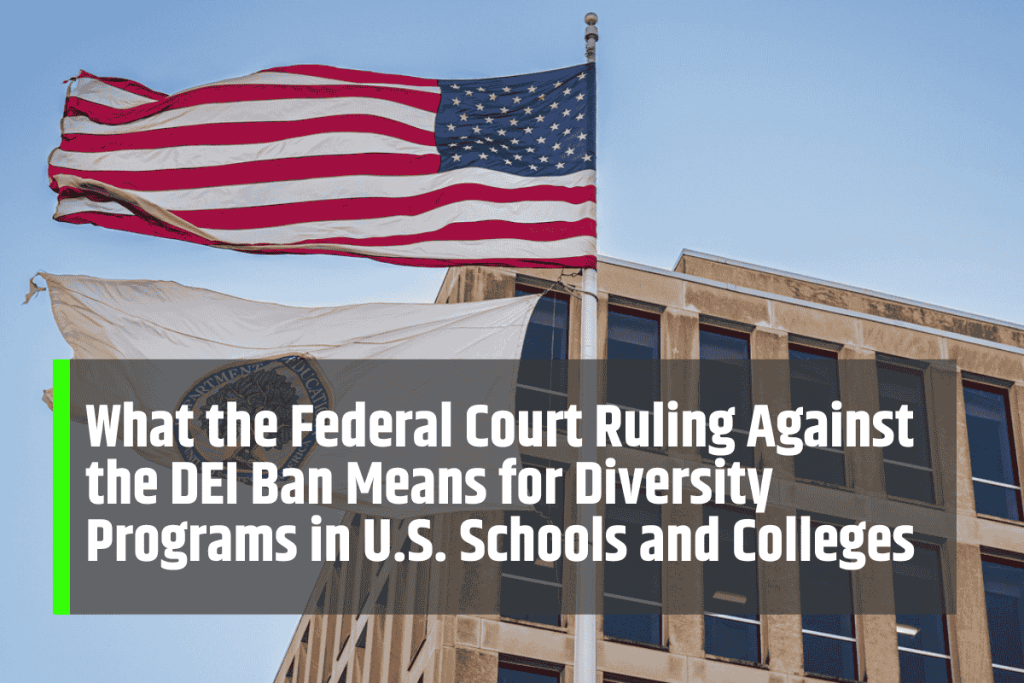
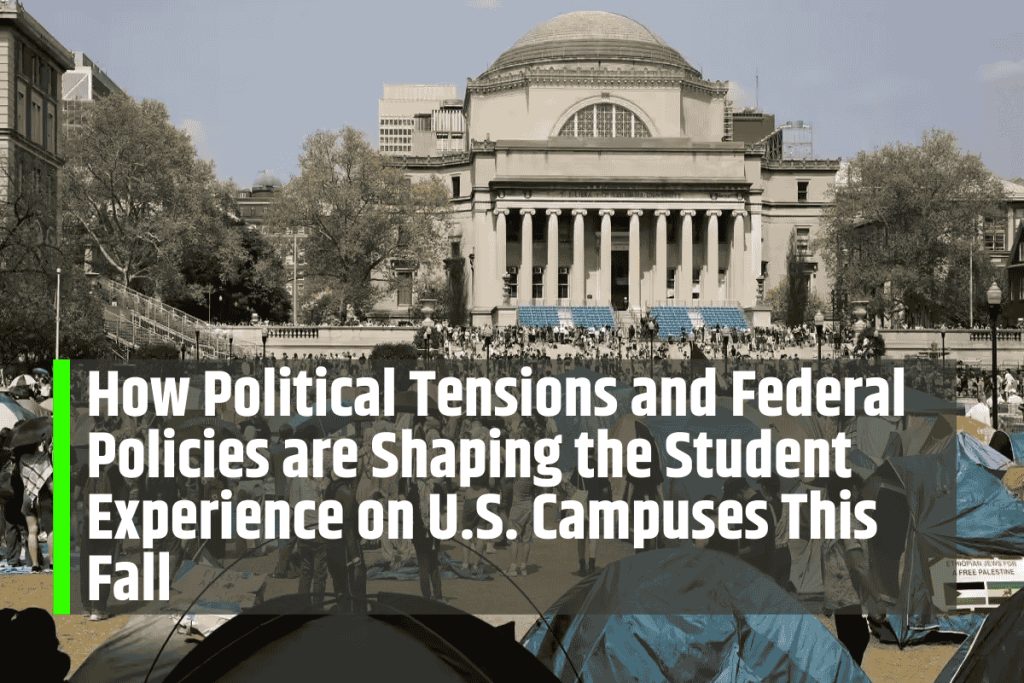
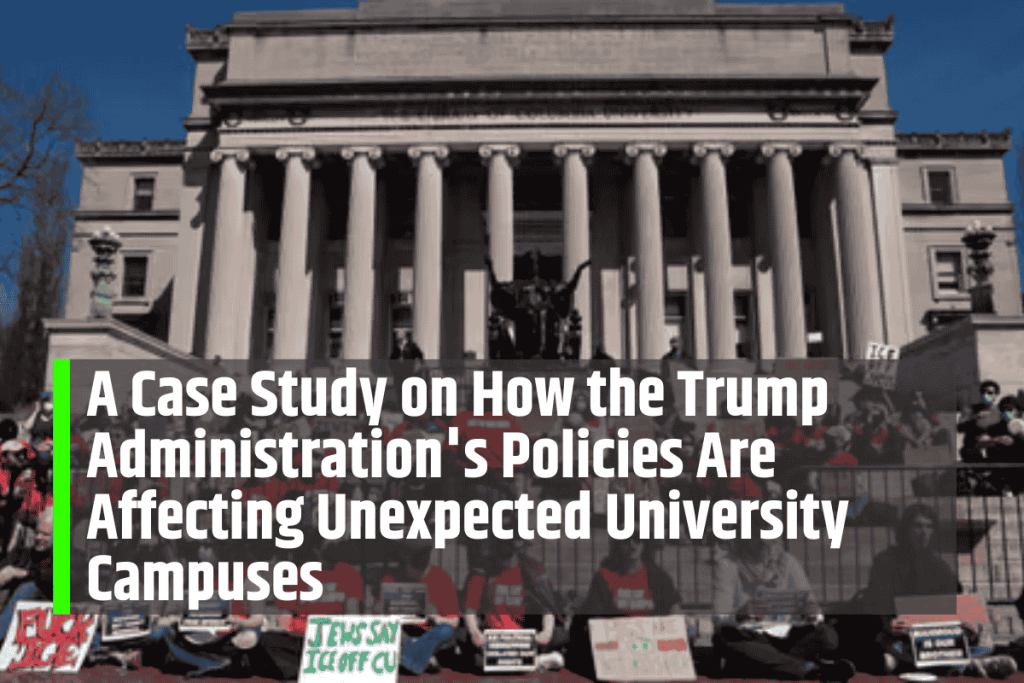
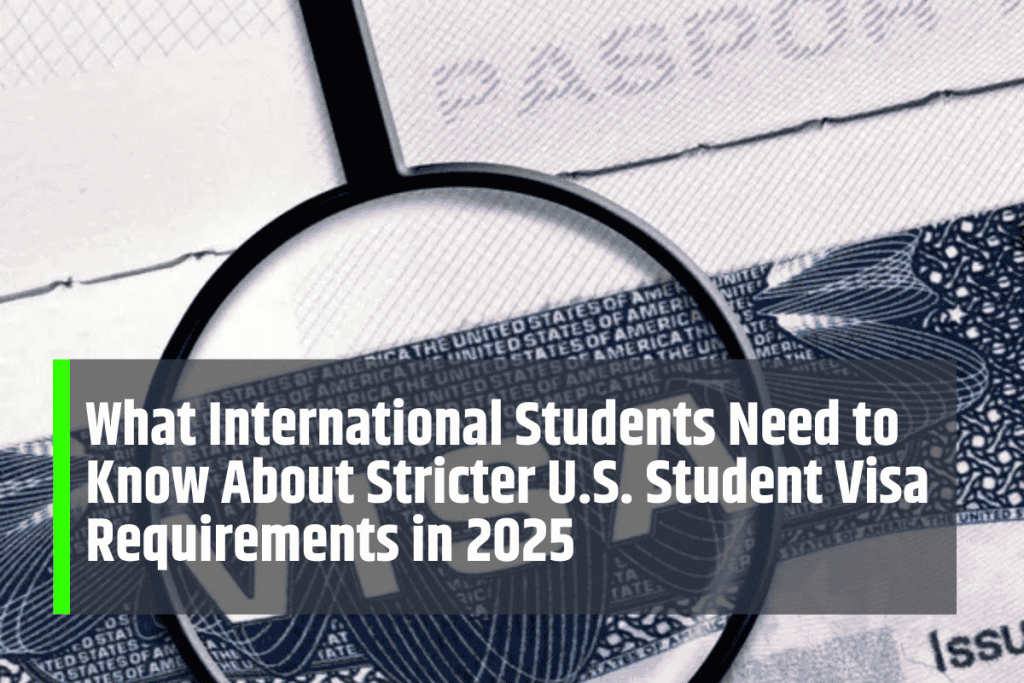



Leave a Comment